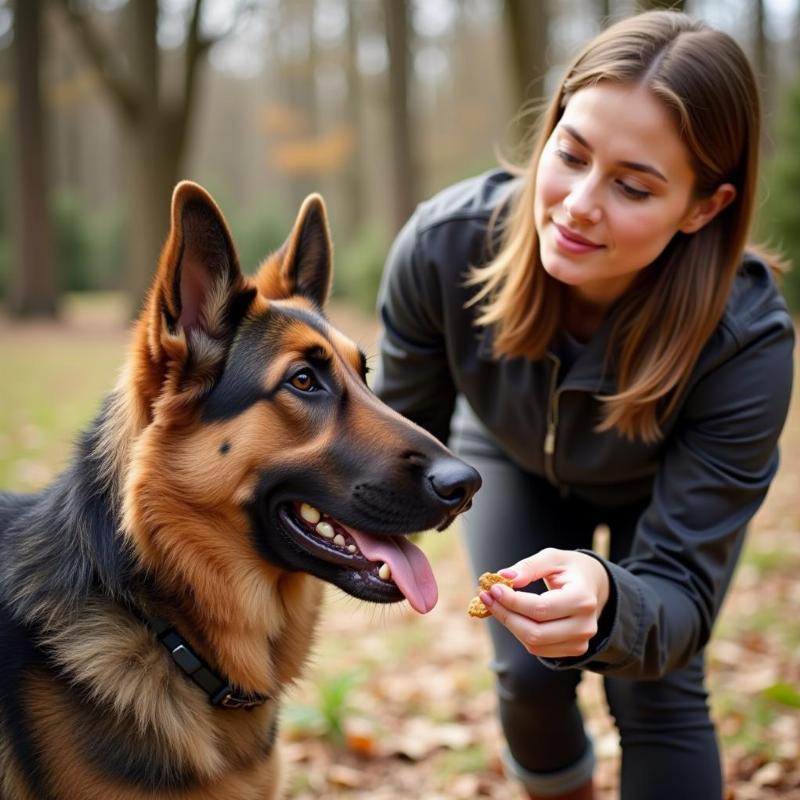Choosing between a male or female dog is a common dilemma for future pet parents. While both sexes can bring immense joy, the “better” choice depends entirely on your lifestyle, preferences, and what you’re looking for in a canine companion. There’s no universally right answer, but understanding the key differences between male and female dogs can help you make an informed decision that aligns with your individual needs and expectations. This guide will explore those differences, debunking common myths and offering practical advice for prospective dog owners in the US.
Temperament and Behavior: Decoding the Differences
While generalizations can be misleading, some behavioral tendencies are more commonly observed in one sex over the other. Male dogs are often described as more boisterous and playful, even into adulthood. They might be more prone to marking territory, especially if not neutered. Female dogs, on the other hand, are sometimes perceived as more independent and reserved, potentially maturing faster than males. However, it’s crucial to remember that individual personality varies greatly, influenced by factors like breed, training, and socialization.
Health and Care Considerations
Both male and female dogs have specific health considerations. Female dogs experience heat cycles, typically twice a year, requiring management to prevent unwanted pregnancies. Spaying eliminates heat cycles and reduces the risk of certain cancers. Male dogs, if not neutered, may be more prone to roaming and marking behaviors. Neutering can reduce these behaviors and the risk of testicular cancer. Consulting with a veterinarian about the appropriate timing for spaying or neutering is essential, as recommendations can vary based on breed and individual health.
Training and Socialization: Shaping Your Companion
Both male and female dogs require consistent training and socialization. Early socialization, exposing puppies to various people, animals, and environments, is critical for developing well-adjusted adults. Training should begin early and focus on basic obedience commands, fostering a strong bond between dog and owner. Regardless of sex, positive reinforcement methods are generally most effective.
 Training a Female Dog
Training a Female Dog
Size and Appearance: Beyond the Basics
While sex can influence size and appearance, breed plays a more significant role. Within a breed, males are often slightly larger and heavier than females. However, this difference isn’t always substantial. Coat length and color can vary based on breed and individual genetics, not necessarily sex.
Matching Your Lifestyle: Finding the Perfect Fit
Choosing between a male or female dog depends largely on your lifestyle and preferences. If you have a busy household with children, a female dog’s sometimes calmer demeanor might be a good fit. If you’re an active individual looking for a playful companion for hikes and outdoor adventures, a male dog’s energy could be a plus.
Conclusion: Making the Right Choice
Ultimately, the decision of whether to get a male or female dog is a personal one. There’s no right or wrong answer, and both sexes can make wonderful companions. By understanding the potential differences in temperament, health considerations, and training needs, you can make an informed choice that best suits your lifestyle and creates a harmonious relationship with your new furry friend. Carefully considering these factors will help you welcome the perfect canine companion into your life.
FAQ
- Do male dogs get along better with female dogs? Not necessarily. Compatibility depends more on individual personalities and socialization than sex.
- Are female dogs easier to train? Not necessarily. Trainability depends on breed, individual temperament, and training consistency.
- Do male dogs require more exercise? Not necessarily. Exercise needs depend on breed, age, and individual energy levels.
- Are female dogs more protective? Both males and females can be protective.
- Do male dogs bark more? Barking frequency depends more on breed and individual temperament than sex.
- Are female dogs cleaner? Cleanliness depends on training and individual habits, not sex.
- Are male dogs more affectionate? Affection levels vary based on individual personality and the bond with their owner.
Related Articles
- do female dogs get along better with male dogs
- dog names for tri color
- native american female dog names
- custom dog collars for small dogs
Beautdogs.us is your premier source for all things dog-related in the US. We offer expert advice on dog breeds, care, and training, along with a curated selection of products and services tailored to the American dog owner. Whether you’re a seasoned pet parent or just starting your journey, Beautdogs.us is here to provide reliable, comprehensive, and engaging information to enhance your dog’s life. Contact us at [email protected] or +1 501-555-7529 to learn more.